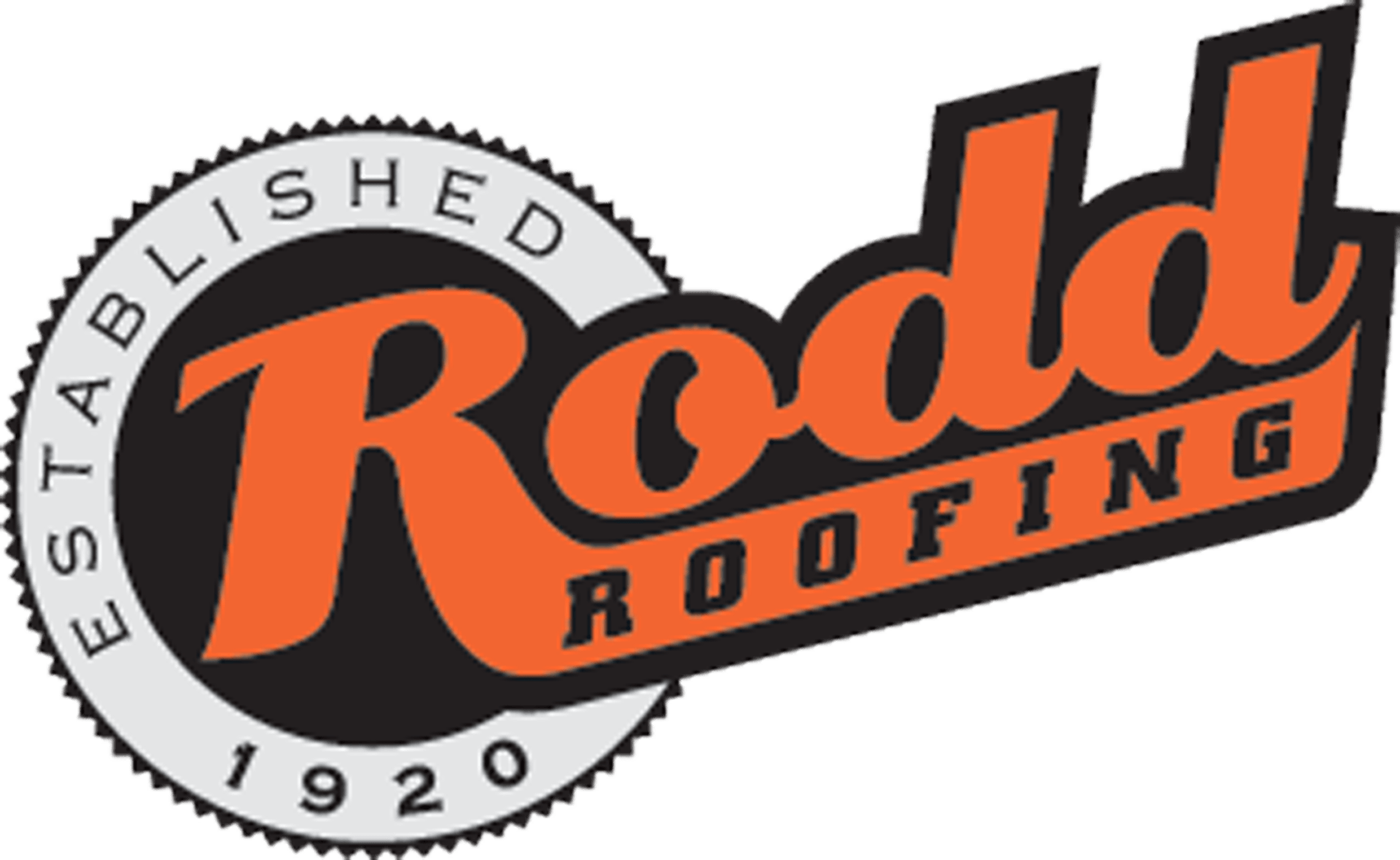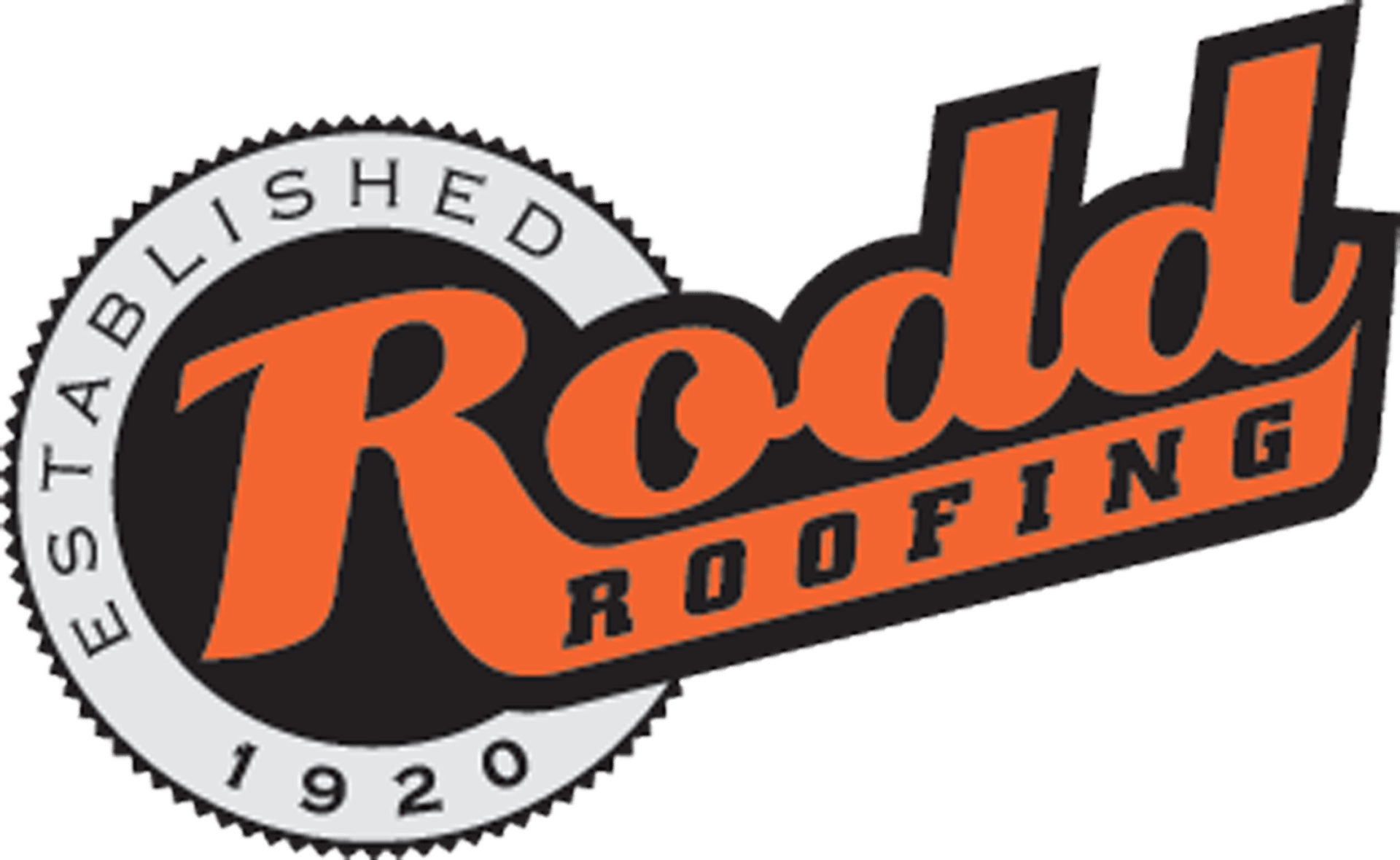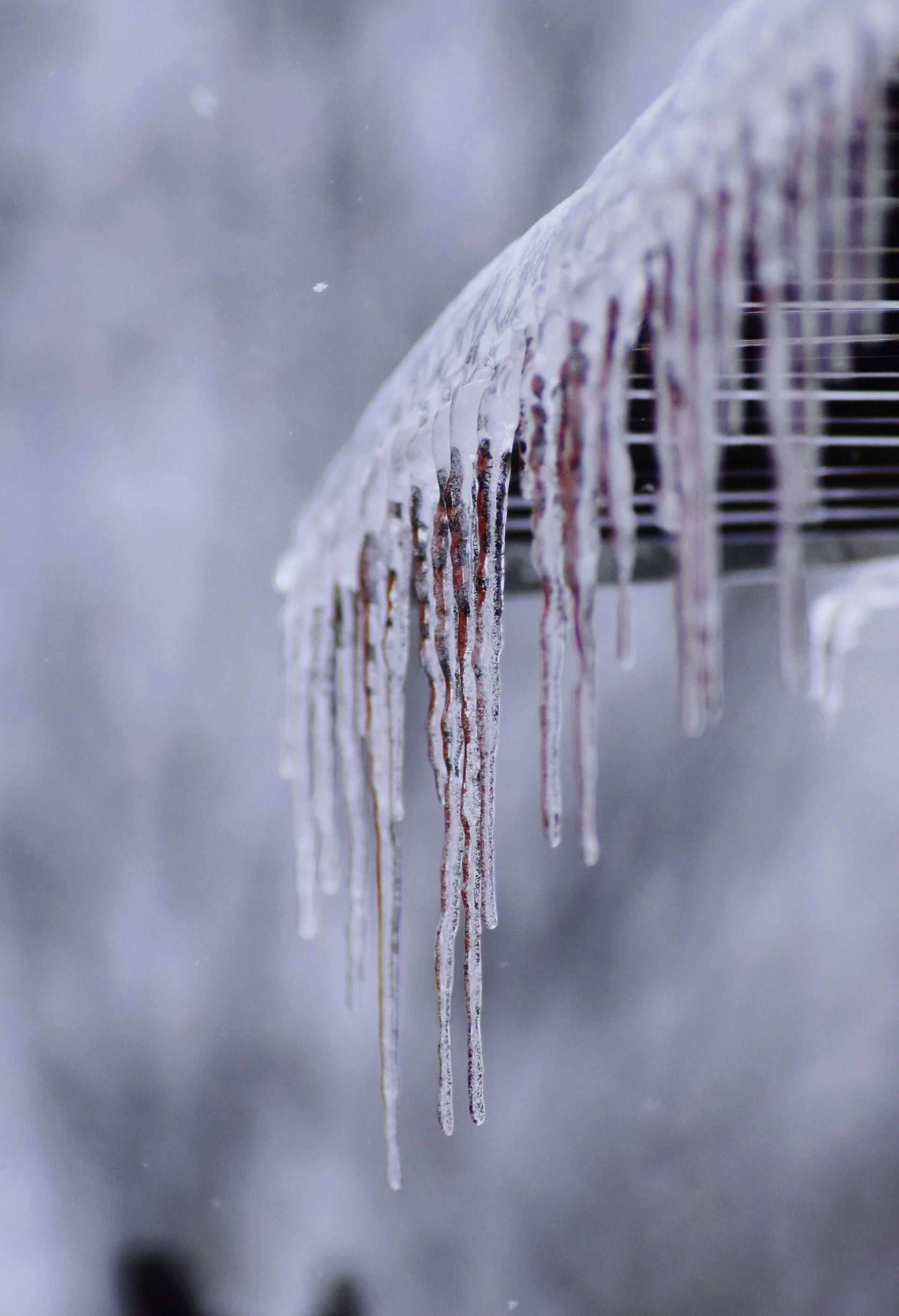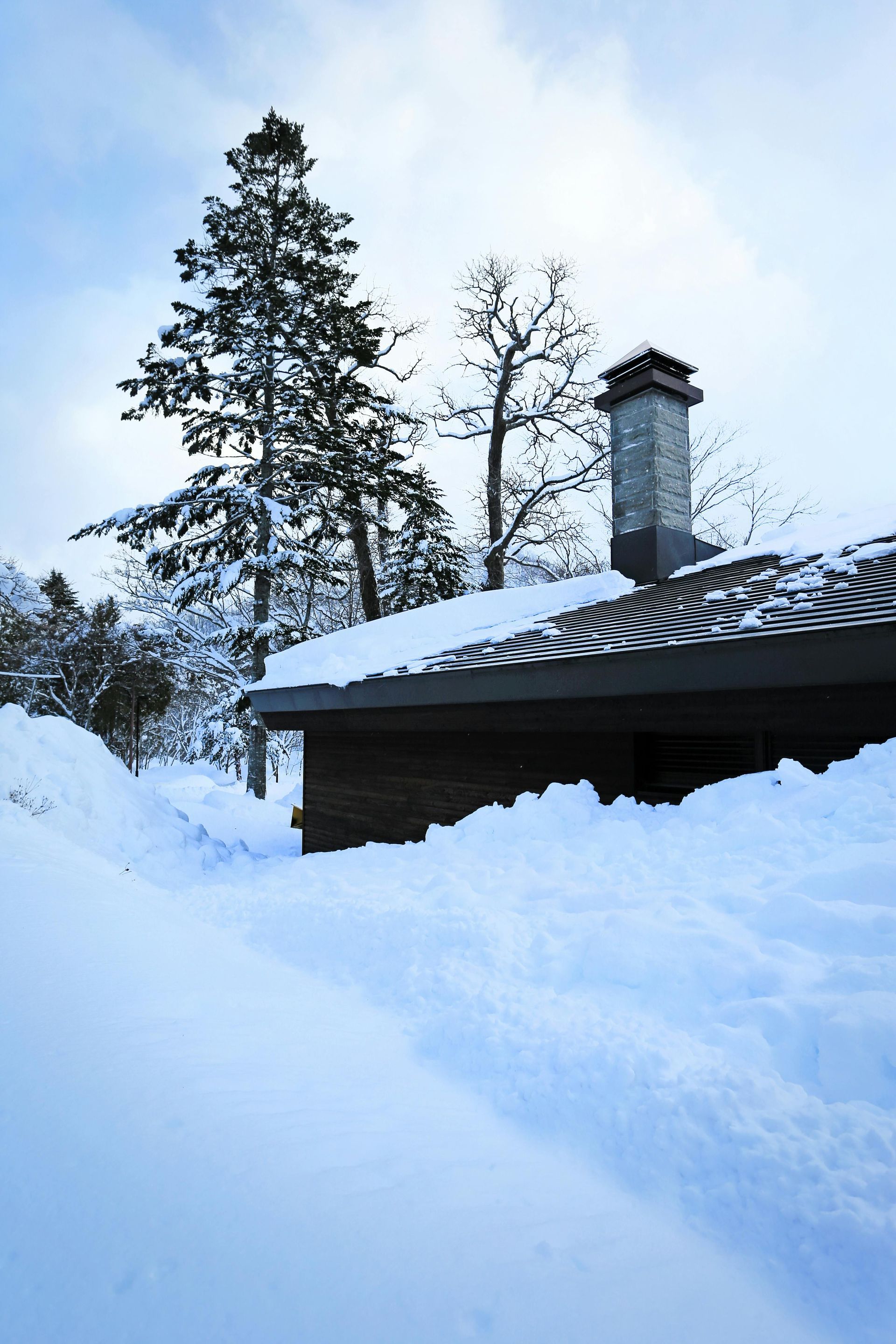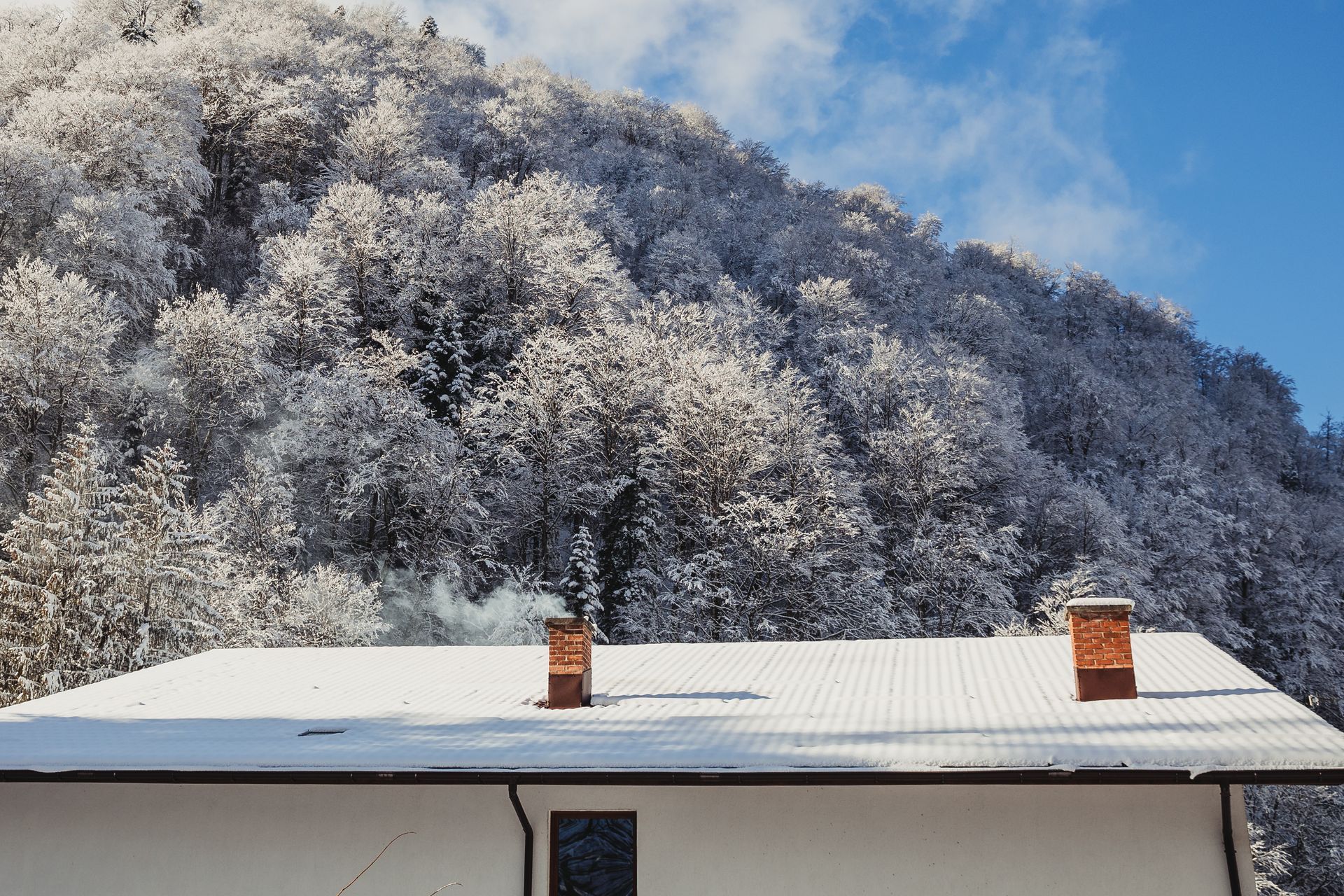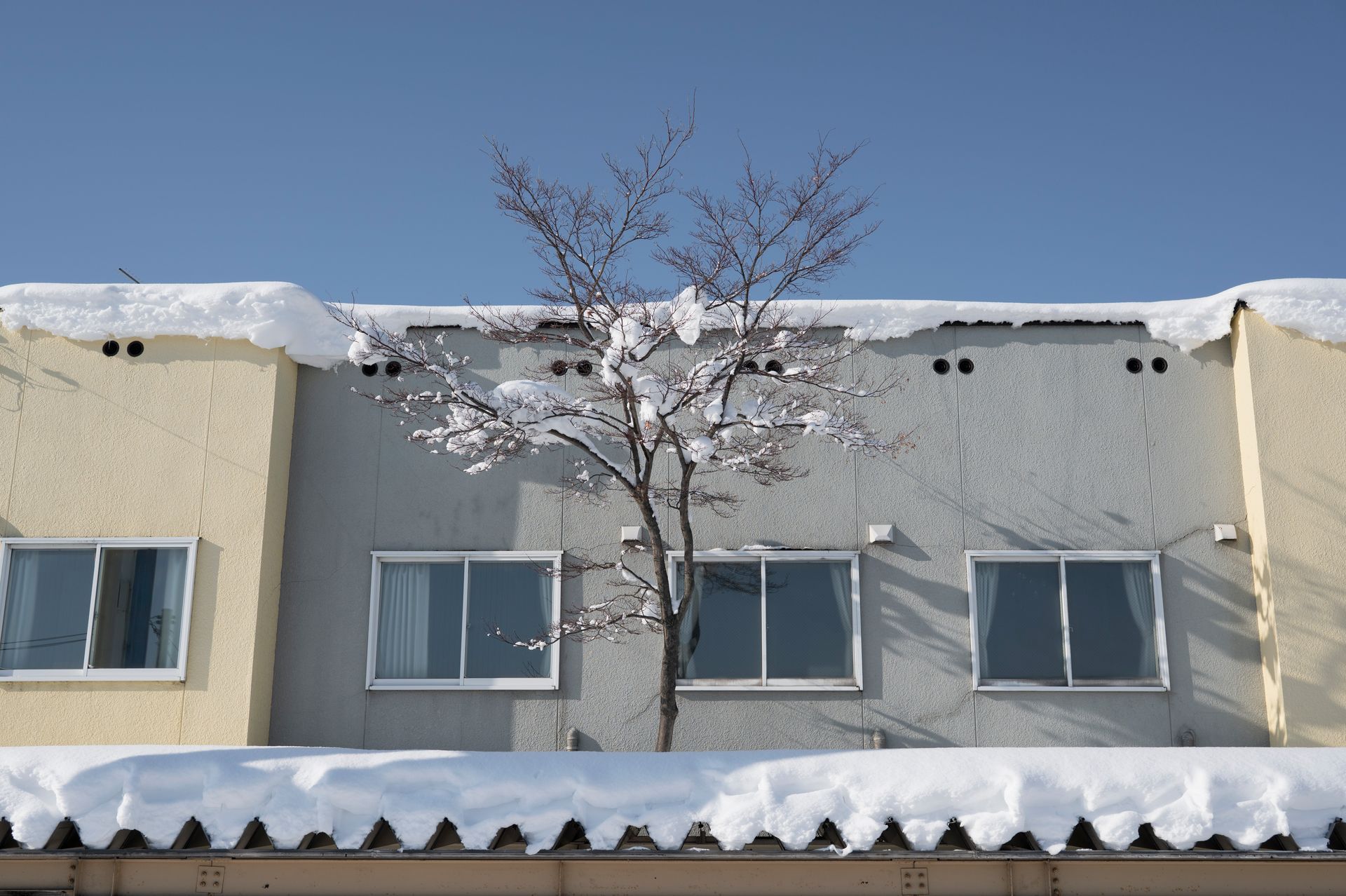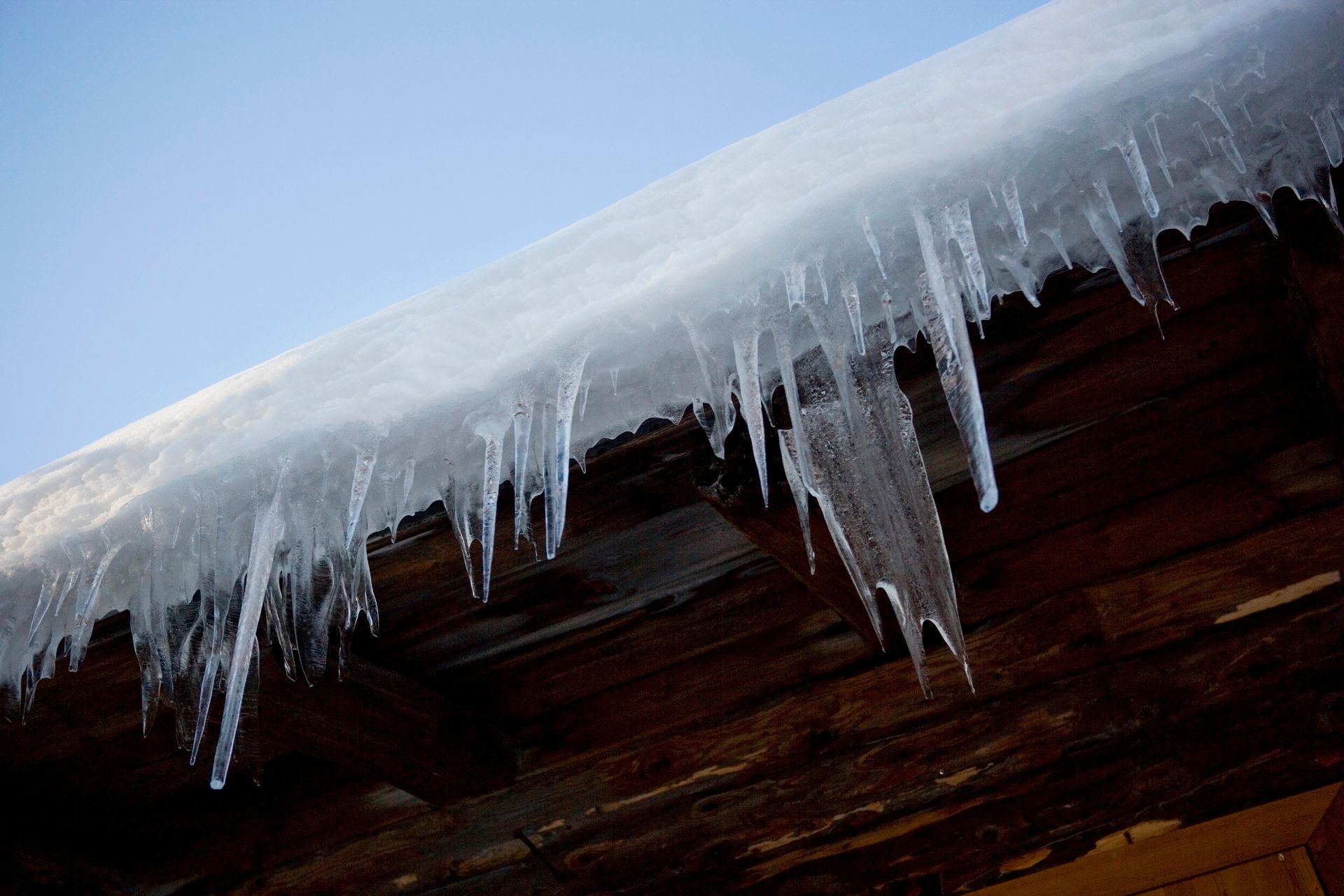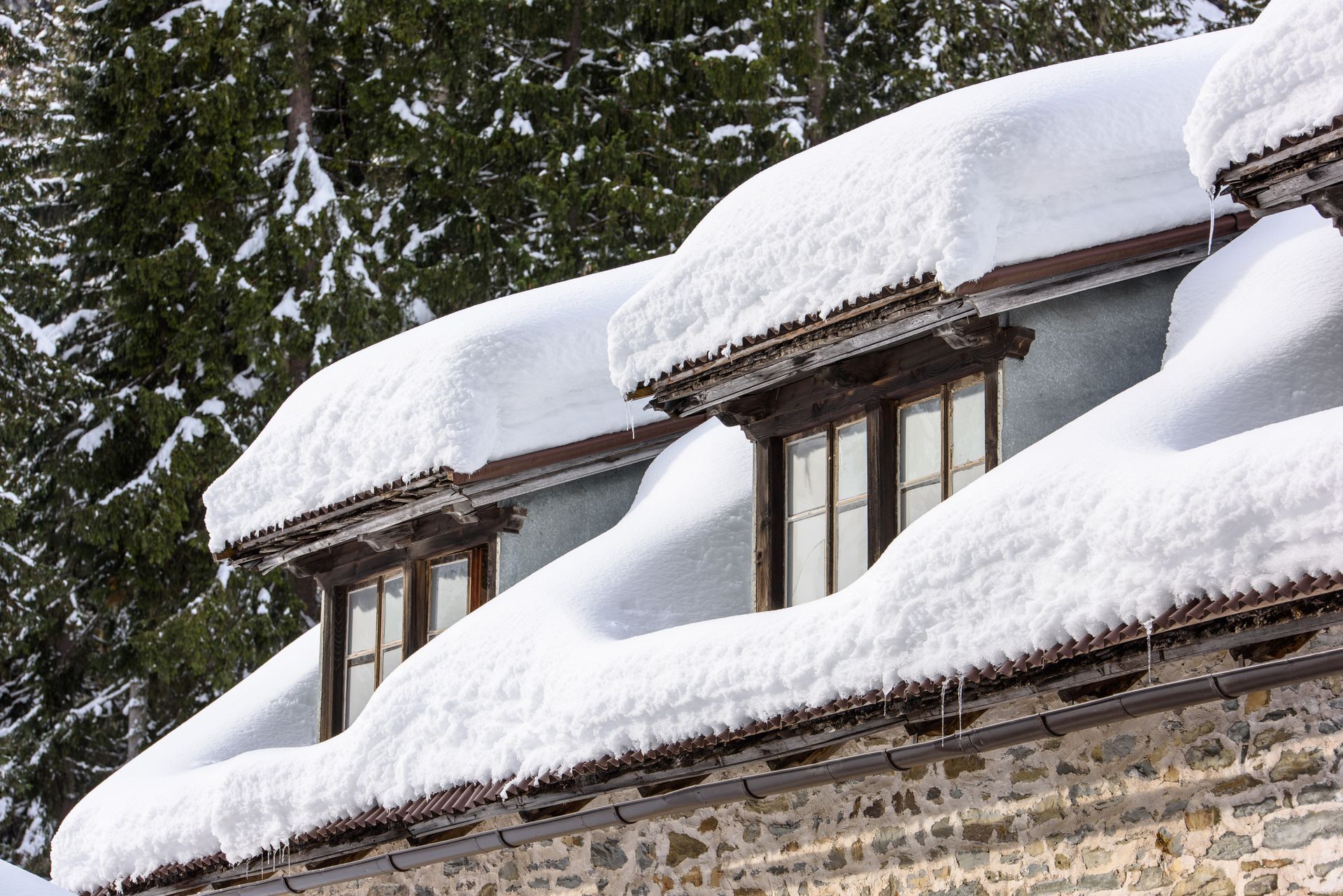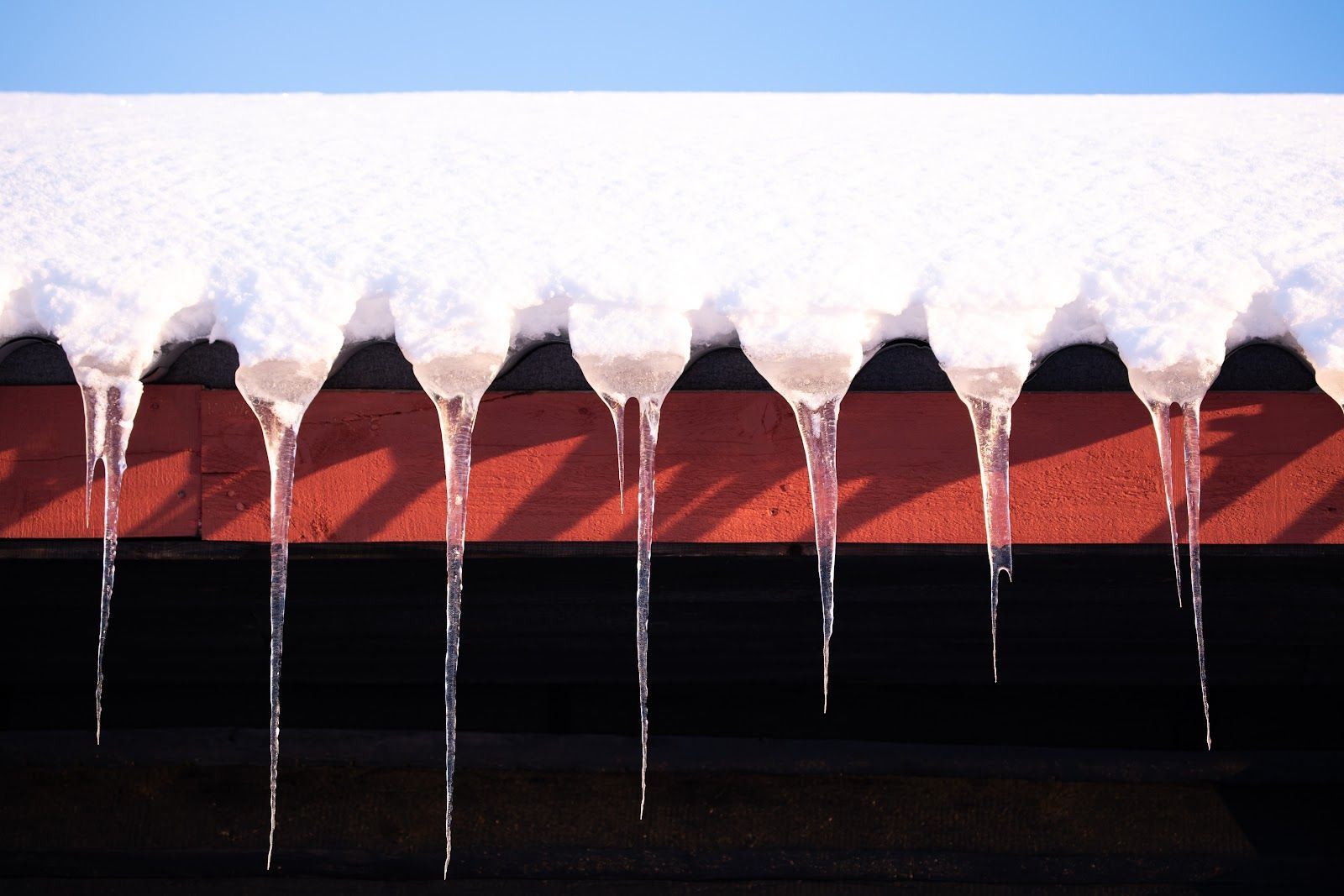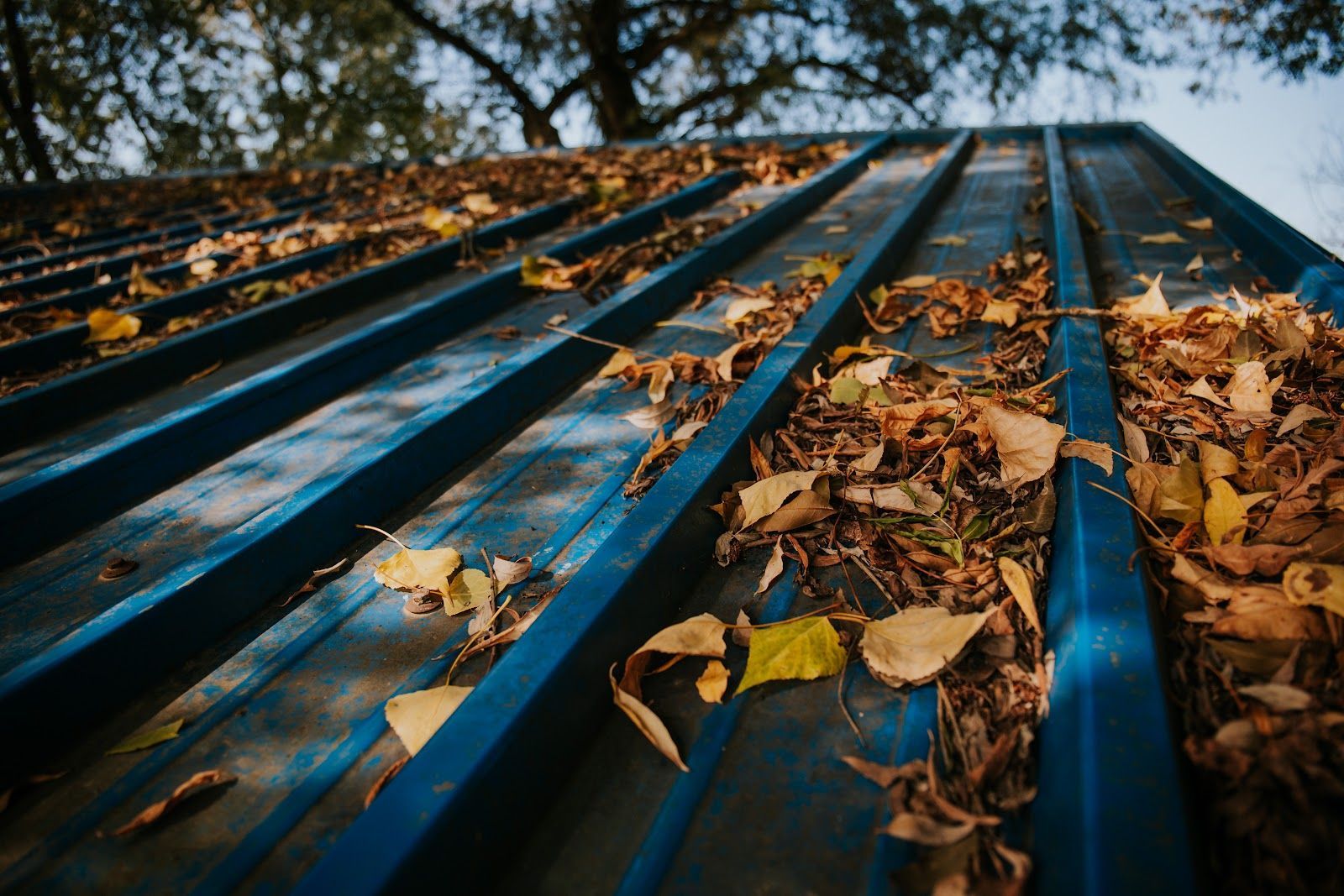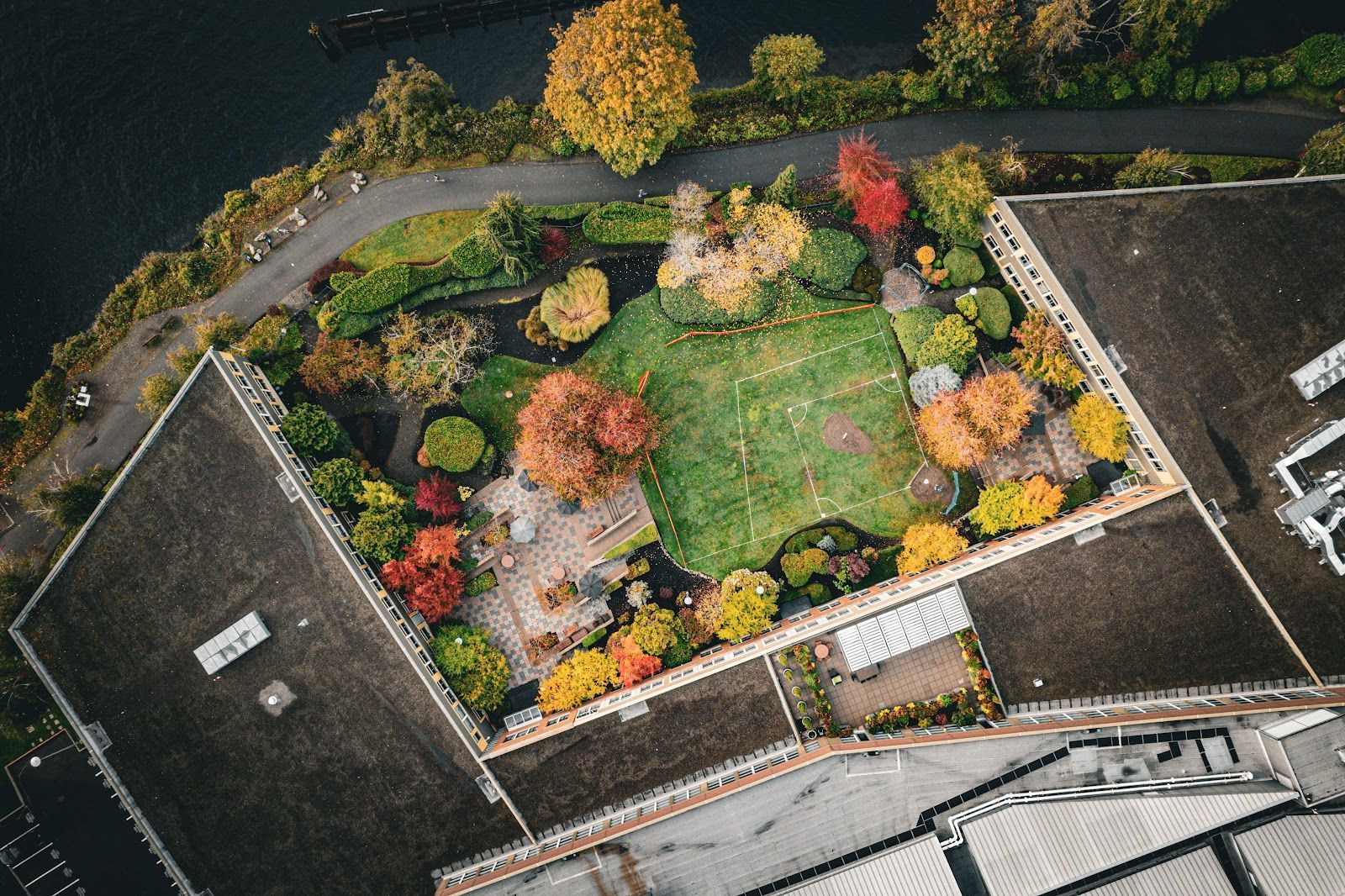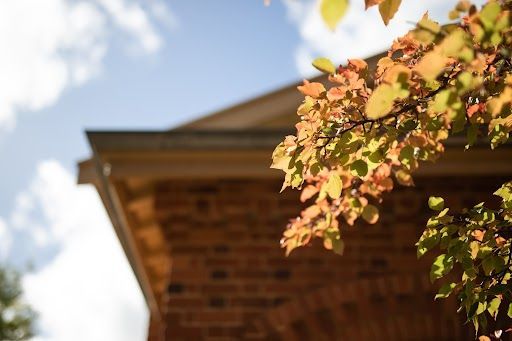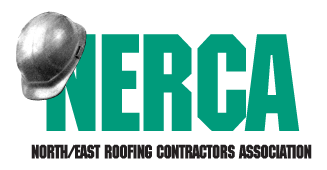Roofing Maintenance for Historic Commercial Buildings: Challenges and Solutions
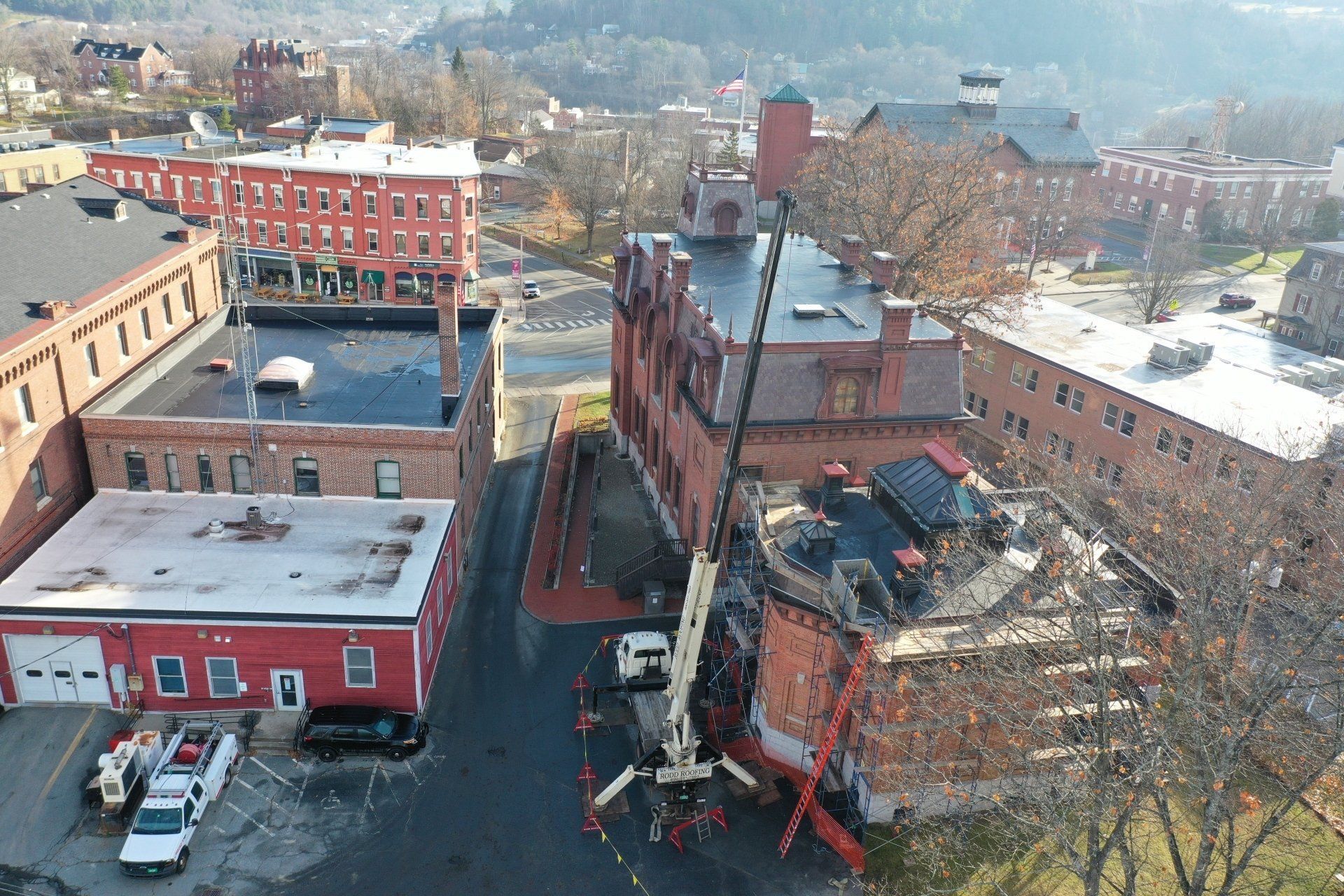
Preserving the Past:
Roofing Maintenance for Historic Commercial Buildings
Maintaining the roof of a historic commercial building is a bit different from your standard roofing project. These buildings come with a lot of character, but also unique challenges that require special care. The good news? With the right approach, you can preserve the integrity of both the roof and the building itself. Let’s explore some of the challenges you might face and how to overcome them.
Navigating Local Preservation Laws
One of the first hurdles when maintaining a historic building’s roof is dealing with local preservation laws. Many historic buildings are subject to regulations that protect their architectural features. This means any work done on the roof must comply with these rules, which can restrict your material choices and even the methods you can use.
Solution: Work with a roofing contractor who has experience in historic preservation. They’ll be familiar with the necessary permits and can help ensure that the work complies with local regulations while still meeting modern roofing standards.
Finding the Right Materials
Historic roofs were often constructed with unique materials, some of which may no longer be readily available or may not meet current building codes. Replacing these materials with modern alternatives can sometimes compromise the look or integrity of the building.
Solution: Seek out roofing materials that match the original design as closely as possible. There are specialty manufacturers who create period-appropriate materials like slate, copper, or wooden shakes. If you can’t find an exact match, a contractor with preservation experience can help you find a modern equivalent that blends seamlessly with the building’s aesthetic.
Balancing Modern Efficiency with Historic Charm
Historic roofs weren’t built with modern energy efficiency in mind. They may lack proper insulation or drainage, which can lead to higher energy bills or even water damage over time.
Solution: Upgrading your roof’s energy efficiency without compromising its historic charm is possible. Contractors can add insulation under the roof deck or install discreet modern drainage systems that blend in with the building’s design. This way, you improve the building’s performance without losing its historical appeal.
Dealing with Age and Wear
As with any building, time takes its toll. Historic roofs may have layers of old materials that need to be carefully removed or repaired. There’s also the risk of hidden damage under the surface that can become apparent only after the work begins.
Solution: Regular inspections are key. Catching small issues early helps prevent bigger, more expensive repairs. It’s important to work with a contractor who has experience with historic roofs and knows how to handle delicate repairs.
Maintaining a historic roof requires a thoughtful approach, but with the right materials, expertise, and attention to detail, it’s entirely possible to preserve the beauty and function of these iconic structures. If you're tackling a roofing project on a historic commercial building, working with professionals who specialize in this type of work will ensure the best outcome for both your building and your budget.
